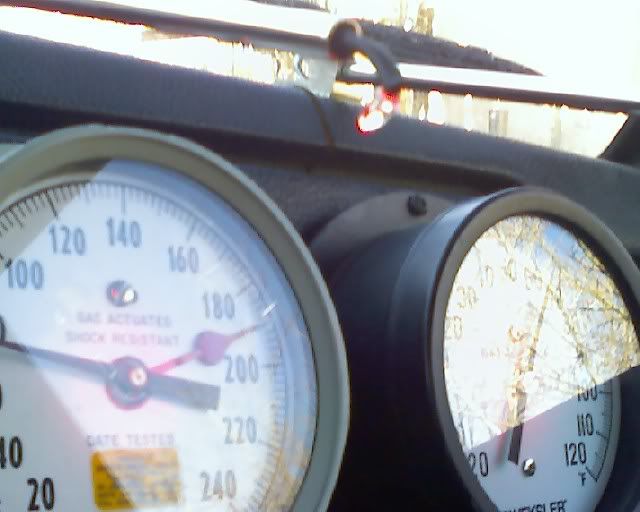|
Dear Mr. Tool,
Hope you're well. It may be that the thin red wire, that goes from the back of the alternator to the battery warning light on the instrument cluster, is: (a) broken partly or completely or (b) has corroded contacts. If one or both of these conditions obtains, the alternator may be in fine working order, but not charging.
Through the thin red wire, arrives at the alternator, the initial ("excitation") voltage, that starts the charging process. If this "excitation voltage" be not present, the alternator will not charge.
Eventually, the battery will be depleted and the car will stop. Most cars will run for about a half-hour "on battery" alone: run-time depends on, for example, whether or not the headlights are in use and the battery's condition.
If you have a multimeter, check the alternator's output. Check the battery, to see if it is fully charged, when the engine isn't running. A battery, in good condition should produce a reading of about 12.6-13.0 Volts. When the engine is running the reading at the battery (red probe on battery + pole and black probe on battery - pole) should be 14-14.5 Volts.
If, when the engine is running, there is no increase in the reading at the battery, then the alternator is not charging. I'd inspect carefully, the thin red wire.
If the alternator indeed is charging, then I'd suspect a fault with the flexible circuit card, at the back of the instrument cluster. Usually, when such problems develop, more than one indicator light malfunctions.
Hope this helps.
Yours faithfully,
Spook
|


